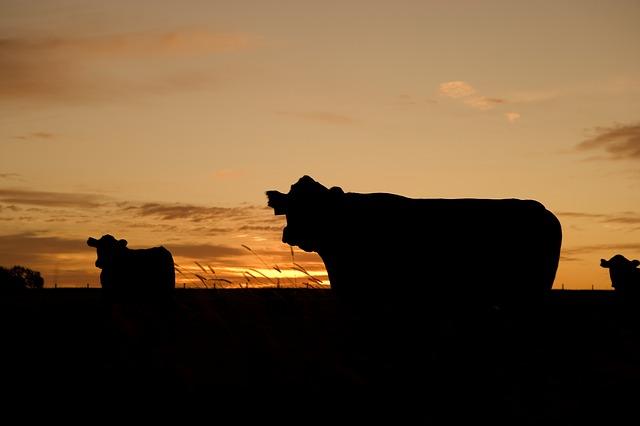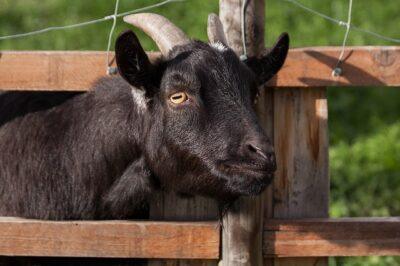Water is a crucial element of life. We sometimes spend hundreds and even thousands of dollars to ensure we have clean pure water for our family.
But what about our livestock? How clean is the water you provide for your animals?
I’ve been guilty of looking into a water trough and thinking, “Wow, that might need a good cleaning!”
Livestock will constantly drop bits of feed and dirt into the water trough when getting a drink. If it’s left unattended, then it’s not long before you’ll have some sort of anaerobic bacteria growing in the water.
This spells trouble for livestock. A good question to ask is: Would I drink out of that?
Diatomaceous Earth: The Best All-Natural Wormer For Your Livestock
One of the major battles in keeping any type of farm animal healthy and growing is managing the “bad bacteria” levels in the animals system. This is one of the reasons that sub-therapeutic antibiotics are used so heavily in modern agriculture. Of course, antibiotic over-use is fraught with side-effects. Two that come to mind are residues in the meat, and manure eliminating most of the good bacteria with the bad.
If all we ever do is kill bad bacteria, as in the case of antibiotics, then we end up with a very compromised immune system — so much so that if the antibiotics are stopped, there is a huge risk of illness until the good bacteria is re-established.
Aerobic versus Anaerobic
Good bacteria are aerobic. In other words, they flourish in high oxygen environments.
Bad bacteria are anaerobic and cannot survive in the presence of oxygen.
So, when we study the natural order of things, we find laws at work to help us keep our animals healthy. The closer we can mimic nature, the better. That’s the essence of natural farming.
Everything You Need To Know To Keep A Cow Healthy, Happy, And Productive…
I was first introduced to the idea of using hydrogen peroxide (H202) — for something other than placing it on a superficial wound — more than 20 years ago. Peroxide is water with an extra oxygen molecule attached to it. Notice the extra “2” on its chemical name?
What if we could foster an environment that encourages the growth of good oxygen-loving bacteria and discourage bad oxygen-hating bacteria? And what if it actually helped them produce more milk and grow faster?
When we need to clean and disinfect things around the farm, such as watering and feeding equipment, we wash it with a solution of peroxide.
Most folks would stop there. After all, we hopefully killed all the bad bacteria in the watering trough. But what if we could encourage it to stay dead and encourage the growth of good bacteria if there is any present?
That’s where hydrogen peroxide comes in. On our farm we use a solution of 35 percent food grade and add a tiny amount to all our watering troughs on a regular basis (roughly 25-30 ppm). (The rule of thumb is adding 8-10 ounces of 35 percent hydrogen peroxide to 1,000 gallons of water.)
The organic farming company AgriSolutions reported that:
When hydrogen peroxide has been used for cattle, an increase in milk production and an increase in butterfat content have been reported. Farmers have also reported less mastitis in their herds. Pig farmers have reported that they have been able to market their pigs using less feed in a shorter growing time (as much as 30 days less). Turkey and chicken growers reported increased weight per bird using less feed. It is told that the reproduction rate of buffalo increases by placing hydrogen peroxide in the drinking water.
A word of caution here: Peroxide in concentrated amounts is caustic and will take the skin off your fingers or anything else you dump/spill it on.
Using peroxide as a water treatment is not new, and you can find studies around the Internet on poultry, cattle and swine.
While I believe hydrogen peroxide works great on our farm to keep livestock healthy, you should study it, try it and make your own judgment.
Have you ever used hydrogen peroxide in your livestock’s feeding trough? What advice would you add? Share your tips in the section below:
 Off The Grid News Better Ideas For Off The Grid Living
Off The Grid News Better Ideas For Off The Grid Living






